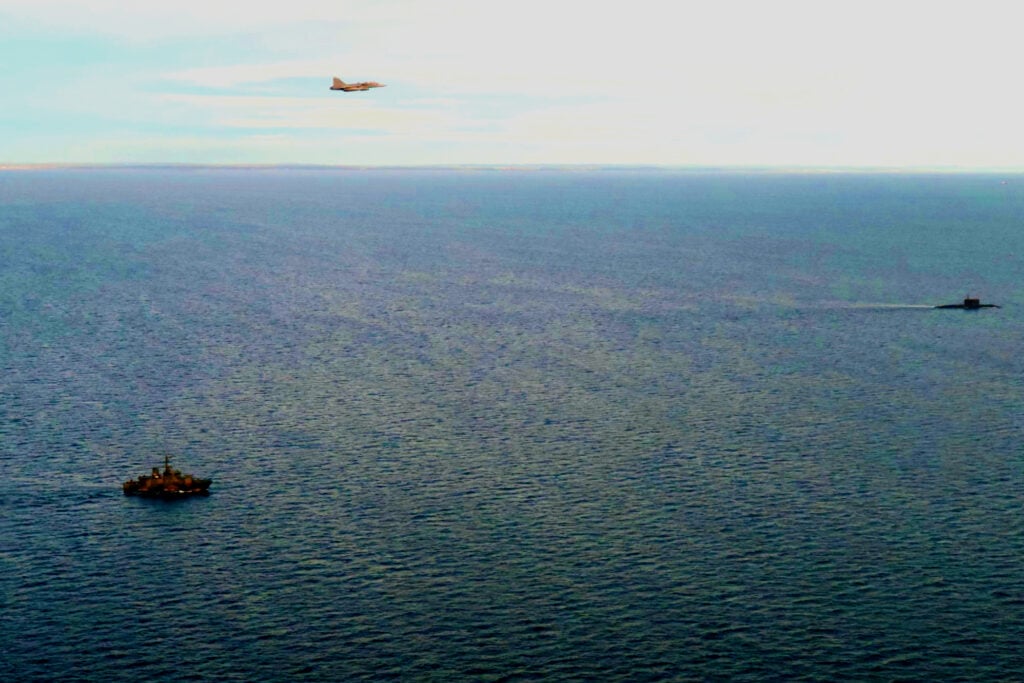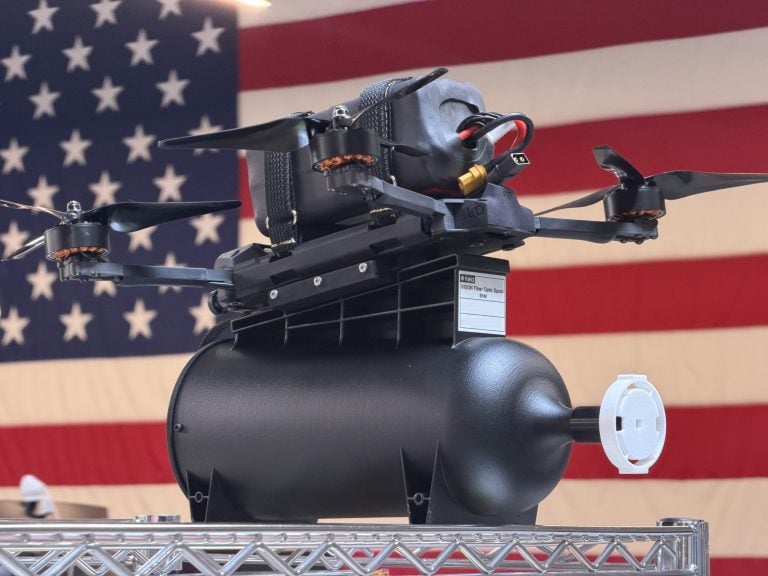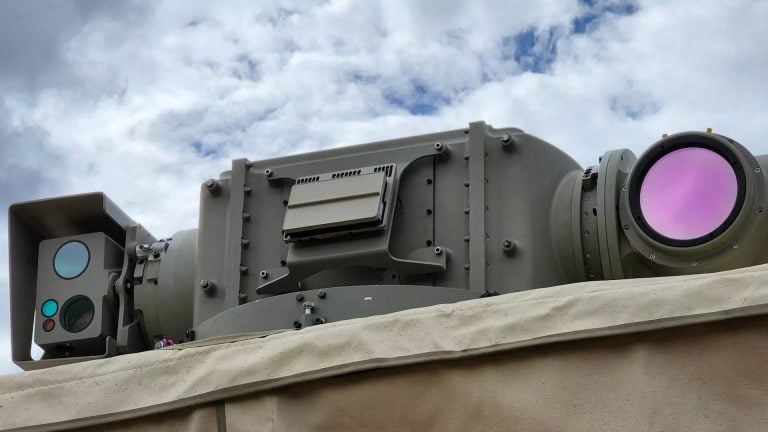Sweden’s armed forces confirmed that they are monitoring a Russian submarine that entered the Baltic Sea, marking yet another instance of heightened military activity in the region. The incident occurred on Tuesday when the submarine was reported to have passed through the Great Belt, a strait located between Denmark and Sweden.
In a statement, the military elaborated that Swedish jet fighters and naval vessels had already engaged with the submarine in the Kattegatt, the strait that separates Denmark from Sweden. Officials described the operation as routine, emphasizing that it was conducted in close collaboration with allied nations. Moreover, they reassured the public that they maintain a comprehensive overview of the surrounding area.
This development comes amid increasing tensions in the Baltic Sea, particularly following Russia’s full-scale invasion of Ukraine in 2022. Swedish Prime Minister Ulf Kristersson has previously articulated the precarious nature of the country’s security landscape, stating that while Sweden was “not at war, there is not peace either.” In a significant shift in military policy, Sweden ended over 200 years of non-alignment by joining NATO in 2024, a move aimed at bolstering national defense in light of escalating security challenges.
Kristersson has also raised concerns regarding the broader Baltic Sea region, declaring it subject to “hybrid attacks,” which encompass disinformation campaigns and incidents involving damaged underwater cables—critical components of global communication infrastructure. He described the Russian threat as a long-term concern, asserting that Sweden’s defense strategy must adapt accordingly to meet the evolving geopolitical climate.
The Swedish military’s ongoing surveillance of the submarine highlights both the complexities and responsibilities of regional security cooperation in a time of uncertainty, as nations remain vigilant in their air and maritime domains.



















